
Key Takeaways
- The Tour de France is steeped in rich, unusual history.
- Surprising customs extend beyond the race itself.
- Even the most seasoned fans may discover new trivia.
Bike lovers, did you know the Tour de France is more than just a race?
This epic event brims with quirks and history waiting to be unveiled.
Curious about the secrets of the grande boucle?
The Tour de France is not just about pedaling and endurance, but also about legacy and bizarre traditions.
You're about to become a Tour de France insider, with stories that transform the facts into a journey.
As a trusted guide through the lesser-known avenues of this historic event, we'll reveal the clandestine side roads typically veiled to the casual observer.
Origins as a Sales Strategy
Ever wondered how the world's most prestigious cycling race began?
Believe it or not, the Tour de France was conceived as quite the marketing move to ramp up newspaper sales!
Back in 1903, L'Auto, a French sports paper that later evolved into today's L'Équipe, was in a bit of a pickle—sales were slumping.
How to get those numbers up?
Géo Lefèvre, a journalist for L'Auto, came up with a bright idea: what better way to create buzz than a grueling bike race that would captivate the nation?
He pitched this concept to his editor, Henri Desgrange, and voilà, the Tour de France was born.
Check out these quick facts about its origins:
-
1903: The inaugural year of the race.
-
Henri Desgrange: The innovator who kick-started the event.
-
Sales Strategies:
-
The Tour was a promotion for L'Auto.
-
The race generated immense public interest, boosting newspaper sales.
We often see grand sporting events with massive followings, but did you ever think they might have begun as a simple sales pitch?
You have to admit, starting the Tour de France to sell more papers was both ingenious and wildly successful.
Talk about getting your wheels spinning!
Night Riding
Have you ever biked so long into the evening that the streetlights became your sun?
Well, the cyclists of the Tour de France know a thing or two about that.
Picture this: it's the early 1900s, and you're pedaling furiously, but not just against other cyclists.
Your race against the setting sun is just as fierce.
In those days, stages could stretch up to a monstrous 400 kilometers—that's like biking from San Francisco to Los Angeles over two grueling days!
- Early Tours: Riders faced the daunting task of pushing through the pitch-black night.
- Modern Times: Lights, cameras, and a whole lot of safety has transformed the Tour de France into a daytime event.
Imagine tackling a stage without a team car and fans are the only cheerers on hand.
Here's a bit of history for you:
| Year | Fact ||-------------|------------------------------------|| Early 1900s | Some stages lasted 400kms || 1904 | Night riding was a regular feature |
These nocturnal adventures weren't just tough; they were tests of human endurance and resilience.
With today's modern safety measures and structured support, night riding is a spectacle of the past.
But next time you're out for a night ride, tip your helmet to those pioneering pedalers—they rode so that you could roll safely under the stars.
Unique Penalties
Did you know that even a sip of water at the wrong time could land you in hot trouble during the Tour de France?
That's right!
Riders must be cautious about when and where they hydrate.
Accepting water in unauthorized zones is a no-no, and doing so could see riders fined or slapped with a time penalty.
This rule harks back to an earlier, stricter era of the race.
Imagine pedaling furiously under the French summer sun, your throat parched, and seeing a fan offering water just out of an authorized zone.
You'd have to wrestle with temptation, knowing a single gulp could affect your standing!
And it's not just about water.
Here's a quick look at some of the quirky sanctions that have surprised riders in the past:
- Unauthorized repairs: Got a mechanical issue? Help from spectators could cost you a penalty.
- Improper attire: Wearing the wrong thing could be more than just a fashion faux pas.
- Shortcuts? Think again: Riders must follow the set course, or face penalties.
Historically, a Belgian rider learned about penalties the hard way in 1936 when caught using a forbidden device to help climb Aubisque, resulting in a 10-minute penalty.
Imagine trying to explain that one to the team!
Always remember, the tour isn’t just a test of speed and endurance; it's a challenge of knowing and playing by the rules.
So next time you watch, keep an eye out for these intricacies.
They might just be as fascinating as the race itself!
First Winner
Have you ever wondered who crossed the finish line first in the inaugural Tour de France?
Maurice Garin is the name that made history in 1903.
But hey, it wasn’t a smooth ride in the Tours that followed for him!
Did you know that in the very next year, he got into a bit of a pickle?
Yep, Garin, along with a few others, was disqualified for cheating in the 1904 Tour.
A twist in the tale!
-
Maurice Garin
-
Won: 1903 Tour de France
-
Disqualified: 1904 Tour de France
Even more fascinating is the fact that after the disqualification saga, the title of the youngest winner in Tour de France history was passed to Henri Cornet.
He was just 19 years when he claimed victory after the initial winners were disqualified.
Can you imagine being 19 and winning such a prestigious event?
Henri Cornet's Notable Achievement:
- Claimed victory at the age of 19 in 1904
It’s pretty incredible to think about these early days of the Tour de France.
The blend of human endurance, the drama of competition, and a dash of controversy set the stage for what would become one of the most beloved (and toughest) sporting events in the world.
Just imagine the cyclists back then, in their woolen jerseys, pushing those early bicycles over hundreds of kilometers.
What a sight that must have been!
Tour Without a Country
Did you know that the Tour de France is such an adventurous spirit, it sometimes wanders beyond its home borders?
It’s true!
The race has a history of taking detours through neighboring countries.
Think of it as a bicycle's version of a European tour.
Here are a couple of instances:
- Belgium: Whether it's to grab a waffle or race through the cobbled streets, the Tour de France has kicked off stages in this country known for its cycling enthusiasm.
- Germany: Beer, bratwurst, and bikes! Germany has played host to the Grand Départ, the prestigious start of the Tour.
- United Kingdom: Sipping tea while watching the peloton rush by—sounds like a British dream! The United Kingdom has had its share of Tour visits.
- Spain: Paella, siestas, and sprint finishes. The Tour has ventured into Spanish territory for some caliente racing stages.
Remember, the riders aren’t just passing through these countries for a change of scenery.
Each host city offers a unique challenge, whether it’s a treacherous cobbled road or a steep mountain climb—all adding to the unpredictable excitement of the race.
Bear in mind, this international flavor adds to the tour's global appeal and showcases cycling's ability to bring countries together in a shared passion for this sport.
So next time you catch a stage, take a moment to appreciate the international heritage of this historic race.
It isn’t just France’s tour; it really is the Tour de Everyone!
The Lanterne Rouge
Hey, have you ever wondered what it's like being the last one to cross the finish line at the Tour de France?
There's actually a term for that position – Lanterne Rouge.
It might sound like a fancy French restaurant, but it's all about cycling, my friend.
What's in a Name?
- Origin: The term comes from the French phrase for "Red Lantern" and draws its inspiration from the red lantern that hung on the last carriage of a train, signaling that no part of the train was missing.
- In the Race: The Lanterne Rouge is the competitor who finishes last in the general classification of the race.
A Badge of Honor?
- Believe it or not, some riders have seen the Lanterne Rouge as a unique achievement. Why? Because it can catapult them to fame, leading to quirky sponsorship deals and a peculiar kind of glory.
The Strategy:
- Staying in the race: Riders aim to finish each stage within the time limit.
- Not too fast, not too slow: It's about striking a balance and avoiding disqualification for being too far behind.
- Navigating the publicity: Those crowned with Lanterne Rouge often find themselves in the media spotlight.
Did You Know?
- Misconception: Being last does not always mean being least. Many of these riders are strong competitors who may have suffered setbacks or are supporting their team leaders throughout the race.
- Fame: Some Lanterne Rouge winners have gained more fame and recognition than those in the middle of the rankings.
So next time you're cheering for the leaders, spare a thought for the one at the back.
They're pedaling through the same mountains and weather, all with the added pressure of that infamous red light on their tail!
A Race for All Ages
Did you know that the Tour de France isn't just a playground for the young, elite cyclists?
It's quite the historical tapestry woven with riders of many ages.
Take Firmin Lambot for example, almost 48 years old, and still pedaling strong in the 1922 edition of the race.
Age is clearly just a number when it comes to this prestigious event.
The race has seen its fair share of youthful vigor, but it's the seasoned veterans that often capture our hearts with their endurance and grit.
Here's a quick peek at age-related wonders of the Tour:
- Firmin Lambot (1922): Almost 48 years and still competing—talk about lasting power!
- Youth vs. Experience: The peloton has riders in their early 20s pitted against those in their late 30s and beyond.
But don't let these numbers fool you.
Whether it's a fresh-faced rookie or a wily old pro, each cyclist brings their A-game to the French roads, contributing to the dynamic, unpredictable nature of the race.
- Endurance Across the Years: It's the ultimate test of stamina, no matter the age.
With challenges like these, it's no wonder the Tour de France holds a special place in the hearts of fans worldwide.
It's truly a sport where age doesn't define ability, and every year, we get to witness a spectacular showcase of age-defying feats.
Isn't that something?
The Youngest Champion
Hey there, have you ever wondered who pedaled their way into the history books as the youngest ever winner of the Tour de France?
Well, grab your cycling gear, because you're about to find out!
Meet Henri Cornet, a name that resonates through the cycling world like the ring of a bell at the start of a bike race.
Back in 1904, when the Tour de France was still in its infancy - just its second year, mind you - this sprightly 19-year-old made headlines.
While most teenagers were figuring out life, Henri was busy outpacing the competition and securing his place as the Tour's youngest champion.
Here’s a peek at his remarkable achievement:
- Name: Henri Cornet
- Year Won: 1904
- Age During Victory: 19 years old
Isn't it fascinating to imagine someone so young taking on such a grueling challenge and coming out on top?
It truly sets the bar high for aspiring cyclists out there.
Although the Tour de France has seen many spectacular performances since then, Henri Cornet's record remains unchallenged; his youth and vigor during that second edition of the Tour continue to inspire.
So next time you tune in to watch the Tour, remember Henri and his remarkable feat.
Who knows, you might witness another trailblazer setting a new record.
But for now, Cornet's legacy pedals on!
War Interruptions
Did you know the Tour de France once hit the pause button, and not just for a water break?
That’s right, war actually halted this grand race not once, but twice!
World War I (1914-1918):
- No Pedaling Between: 1915 - 1918
- Editions Missed: Four
World War II (1939-1945):
- No Pedaling Between: 1940 - 1946
- Editions Missed: Seven
Total Interruption:
- Years Without Tour de France: Ten
Imagine, a whole decade without the iconic yellow jersey zipping through the French countryside.
Gives you the chills, doesn’t it?
But these breaks, due to such extraordinary global events, also remind us that the Tour is more than just a race.
It's a symbol of endurance, not just for the cyclists but for the event's legacy itself.
Times were tough back then, and the riders had to hang up their racing gear for a while.
But just like a tenacious climber conquers a mountain pass, the Tour de France made its comeback—more thrilling and watched by an even more passionate audience starving for some pedal-pushing action!
It’s a testament to the race's resilience and a neat slice of history that adds to its rich tapestry.
Just imagine the anticipation for that first post-war Tour!
Unusual Sustenance
Imagine yourself pedaling across France's harsh landscapes, climbing steep mountains, and racing down dangerous descents.
What would you reach for to keep the pain at bay and the legs pumping?
Today, that might be energy gels and isotonic drinks, but back in the day, Tour de France riders had a very different menu for courage and pain relief.
In the race's infancy, the "sports nutrition" was nothing like we know now.
Alcohol was not on the banned substances list; some riders would sip on wine or brandy to numb the discomfort (imagine pulling that out of your jersey on a ride with friends!).
Here’s what they might have had within arm's reach:
- Wine or beer: to calm the nerves and dull muscle aches.
- Brandy: for that warm, numbing sensation.
But the alcohol wasn't the only unusual part of their diet.
In what almost sounds like a scene from a period drama, cyclists were known to ride with ether-soaked handkerchiefs.
They believed breathing in the fumes could dull the pain of their colossal efforts.
Let's lay out the facts on this curious historical sustenance:
The thought of using such remedies today might have you raising your eyebrows, but it's a true testament to the journey of sports science.
From pain-numbing practices to carefully calculated nutrition plans, the evolution is as fascinating as it is impressive.
It makes you appreciate the tough-as-nails determination of those early riders all the more, doesn't it?















































































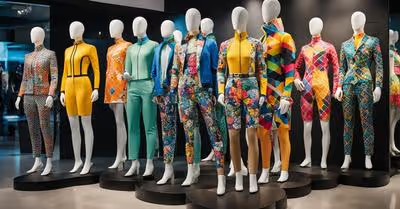























































































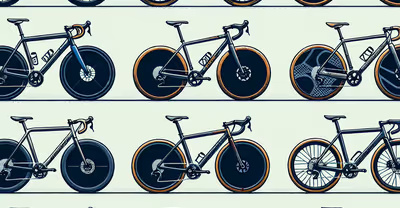

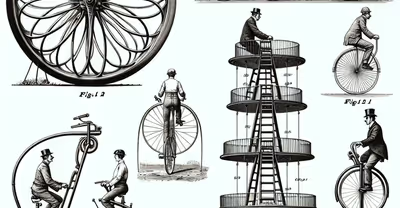




















































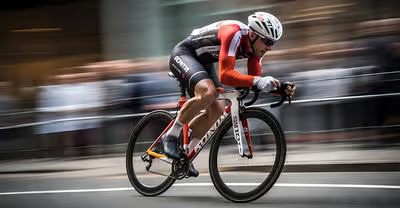












































































































































































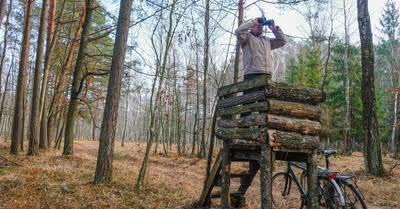















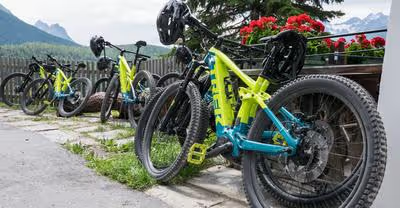

















































































































































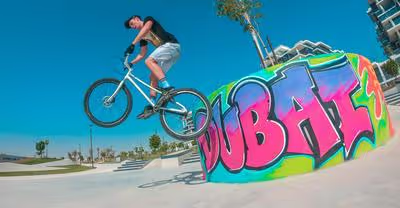



































































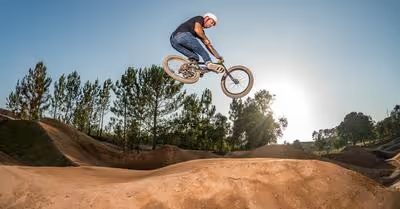








































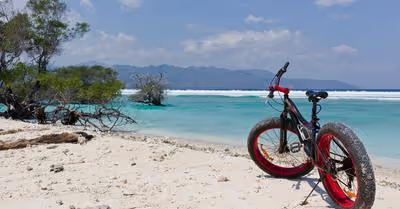


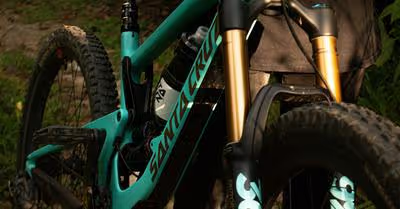
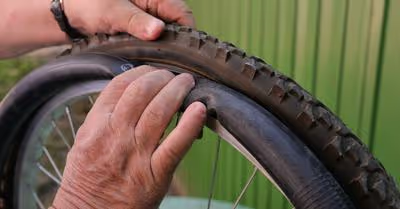







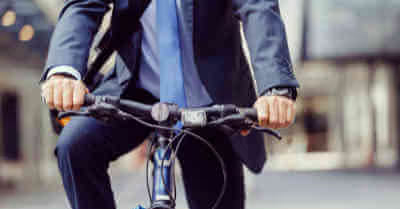









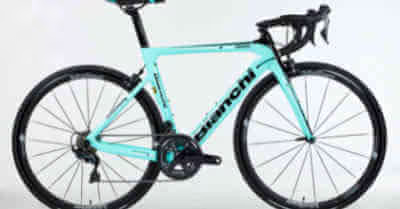



































.avif)
